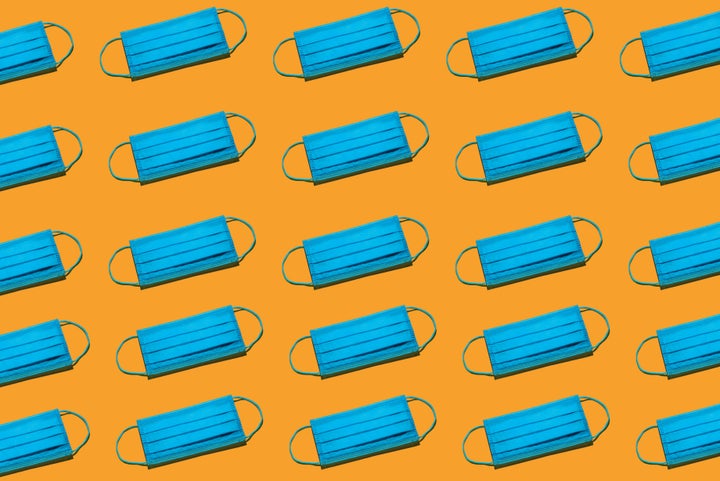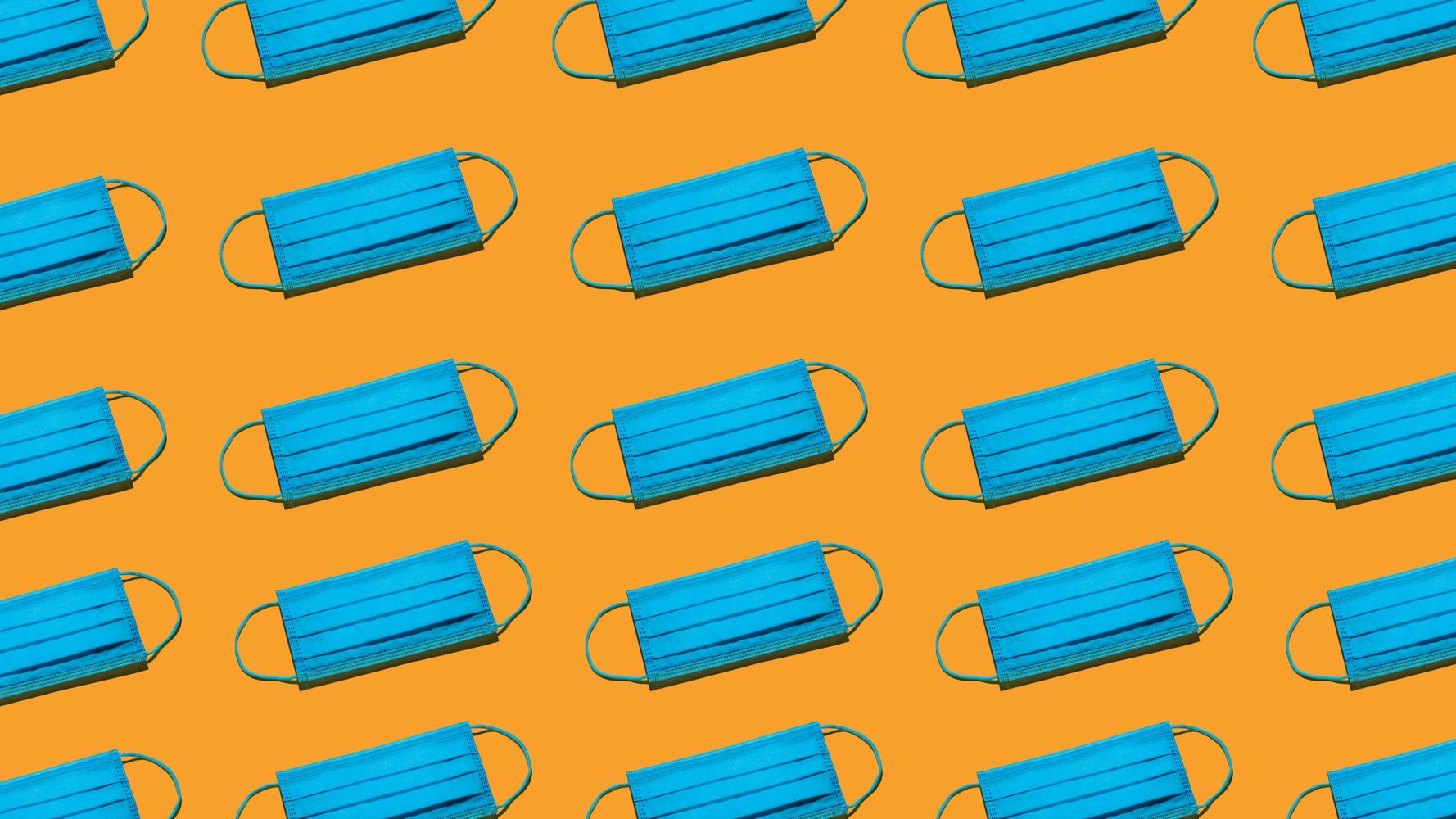The Centers for Disease Control and Prevention issued a new scientific brief on face masks this week, further underscoring the benefits of wearing them during the COVID-19 pandemic.
One major perk the CDC is now highlighting is that using a face mask doesn’t just protect others from the coronavirus ― it also protects you.
The coronavirus predominantly spreads person to person through larger respiratory droplets. An infected individual usually expels the virus by coughing, sneezing, speaking or breathing. Up until now, the CDC’s language around face coverings has focused on how they help reduce community spread of COVID-19 rather than how a mask protects the person donning it.
The new CDC report departs from that line, stating directly that masks “help reduce inhalation of these droplets by the wearer.”
So that’s the biggest takeaway in terms of your personal health. But there’s more you should know about what this report means for you and for the bigger picture on the pandemic. Here’s a quick breakdown:
Face masks reduce the transmission of infected droplets by a significant percentage.
As noted, the virus mostly spreads through larger respiratory droplets. There’s also strong evidence to suggest the virus can be airborne, meaning a person can contract COVID-19 through inhaling smaller infected particles that have been lingering in the air sometimes for hours.
This is where face masks can make a difference ― and in no small way. The CDC report states:
Cloth masks not only effectively block most large droplets … but they can also block the exhalation of fine droplets and particles (also often referred to as aerosols) … which increase in number with the volume of speech and specific types of phonation. Multi-layer cloth masks can both block up to 50-70% of these fine droplets and particles and limit the forward spread of those that are not captured.
And this doesn’t just go for someone who is clearly sick ― this applies to asymptomatic spread, too.
This report corroborated other studies on the perks of using face masks.
The new CDC endorsement finally aligns completely with what data has shown for a long time: Face masks work for everyone.
The report detailed some previous research conducted on face coverings. In one highlighted study from China, researchers found that mask use reduced secondary transmission from an infected person to others within their household by 79%. Another study in May found that two hairstylists who unknowingly had COVID-19 didn’t pass the virus to any salon clients because they were all wearing masks.

There’s a huge economic advantage to wearing face masks.
The new report also points to the monetary benefits of wearing face masks (cc: every pandemic-denier on Facebook who claims they’re concerned about the economy).
The CDC wrote that “adopting universal masking policies can help avert future lockdowns” and that even increasing mask-wearing by only 15% could help avoid economic losses of up to $1 trillion.
All of this only matters if more people wear masks and wear them properly.
How you wear your mask matters. Make sure that you choose a covering that will fit over your mouth and your nose (just blocking your mouth won’t cut it). Research shows that some of the best types of cloth masks are made of heavier materials like denim and canvas and include proper filters. Make sure you wash your cloth mask frequently and store it safely.
And finally, the best approach to all of this is synergistic. The CDC report noted that “individual benefit increases with increasing community mask use.” In other words, your mask is more effective if the people you’re near are wearing them, too. That’s because your mask will have fewer particles to block.
So if for some reason you’re hesitant to wear a mask for the people around you, then at the very least do it for your own sake. And do it in conjunction with other COVID-19 safety measures. That includes hand washing, physical distancing and making sure your home has adequate air filtration.
Experts are still learning about COVID-19. The information in this story is what was known or available as of publication, but guidance can change as scientists discover more about the virus. Please check the Centers for Disease Control and Prevention for the most updated recommendations.


